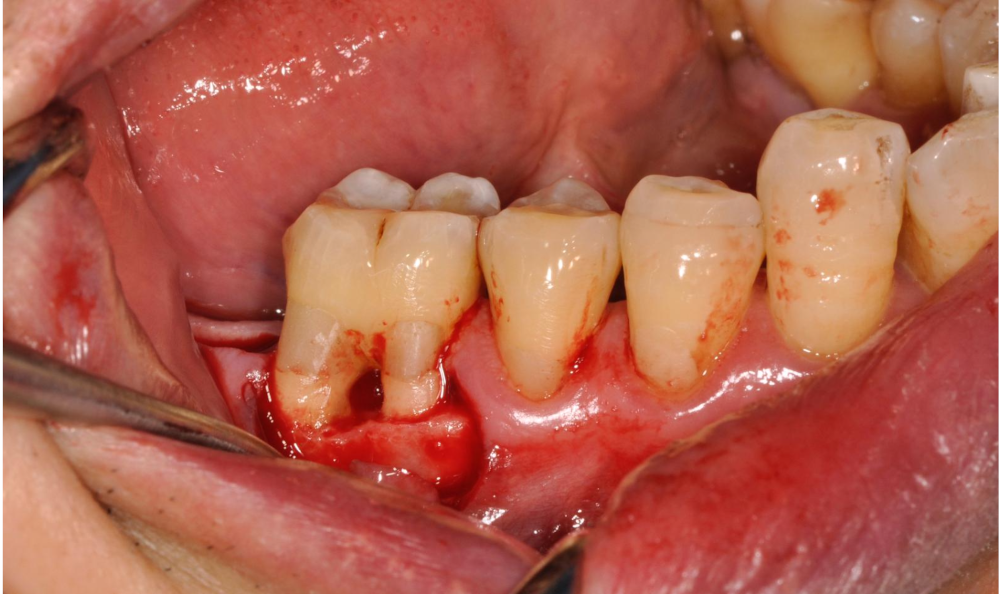
Gum surgery, also known as periodontal surgery, is a dental procedure aimed at treating gum disease and restoring health to the gums and supporting structures of the teeth. Here are the main types and purposes of gum surgery:
- Gingivectomy: This involves removing diseased gum tissue to eliminate pockets that have formed around the teeth due to gum disease.
- Flap Surgery (Pocket Reduction Surgery): In this procedure, the gums are reflected to allow access for removal of tartar and bacteria from the roots of the teeth. The gums are then stitched back into place to fit snugly around the teeth.
- Guided Tissue Regeneration: This technique helps regenerate lost bone and tissue by placing a barrier between the gum tissue and the bone, promoting the growth of new tissue.
- Crown Lengthening: This procedure removes gum and bone tissue to expose more of the tooth structure, often done for aesthetic reasons or to prepare for a dental crown.
After surgery, patients may experience swelling, discomfort, and bleeding, which can be managed with prescribed medications. It is important to follow post-operative care instructions, including maintaining oral hygiene and attending follow-up appointments.
Overall, gum surgery can significantly improve oral health and prevent tooth loss, making it a critical option for those with advanced gum disease.
The Dental Chapter – Where Every Smile Begins Its Story
